London has a history going back over 2,000 years, and thousands of pages have been written on the subject. The city was founded by Romans about 50 AD and its name derived from the Celtic word Londinios, meaning “the place of the bold one”. After invading Britain in 43 AD, the Romans built a bridge across the Thames and decided this was an excellent place to develop a port. Several years later, London was born when Roman merchants built a town by the bridge.
During the next 2000 years this human settlement transformed into one of the world’s most important financial and cultural centers, withstanding difficult moments like plague epidemics, devastating fire, war, riots, aerial bombardment, and terrorist attacks. Here are some intriguing and sometimes unbelievable moments from the history of London:
180 – 225 AD – Romans built the defensive London Wall
There’s nothing too spectacular about a defense wall you might say, but the interesting fact is that the wall survived for around 1,600 years and it defined the City of London’s perimeters. Even today, the perimeters of the present City of London are defined by the line of the ancient wall.
2nd century AD – London looked pretty much like today in terms of ethnic composition
From its very beginnings, London has been an ethnically diverse city, whose inhabitants originated from across the Roman Empire: Britannia natives, people from continental Europe, and groups originating from the Middle East and North Africa – pretty similar to what we have today.
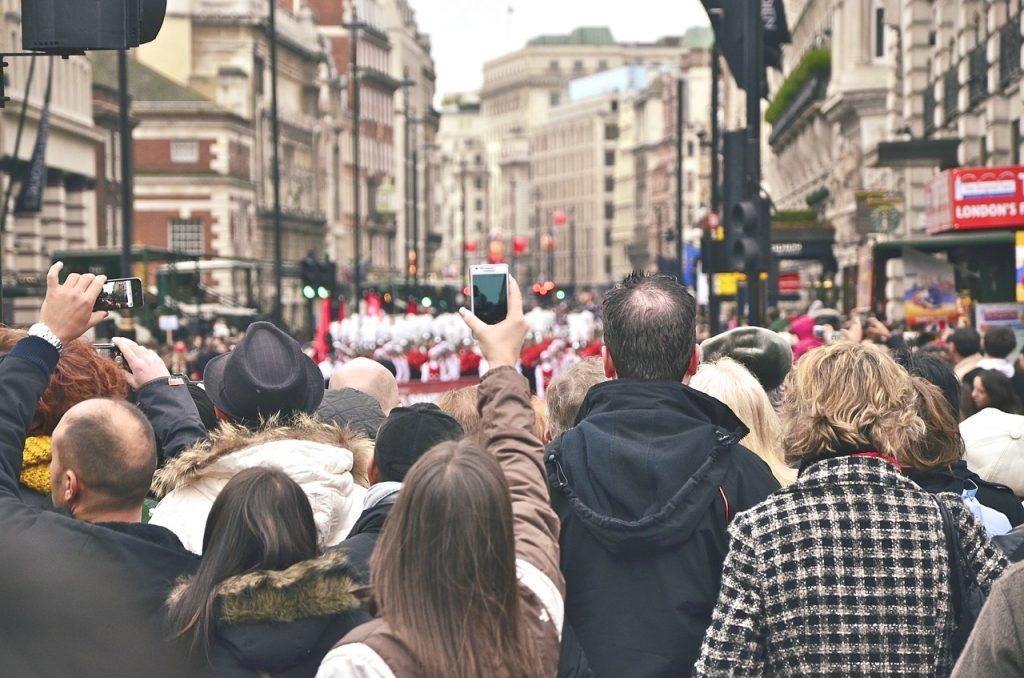
End of the 5th century – London is abandoned
The decline of the Roman Empire led to the Roman occupation of Britain coming to an end in 410 AD. As a result, London was practically abandoned!
6th century AD – The rebirth of London
Middle Saxons settled near the abandoned Roman city and created a new town on the site of Covent Garden, smaller than Roman London. They were converted to Christianity in 597 and in 604 a bishop was appointed for London.
842 – 994 – The Danes cause a lot of trouble
London was attacked and raided by the Danes several times. The first attack took place in 842, and in 851 they burned a large part of the town. They were defeated by King Alfred the Great in 878 and the country was split between the Saxons and the Danes. Another attack followed in 994, but the Danes were fought off.
1176 – The most famous incarnation of London Bridge starts building
It was completed in 1209 and unlike its timber predecessors this one was made of stone. The bridge would last for 600 years and remained the only bridge across the River Thames until 1739.
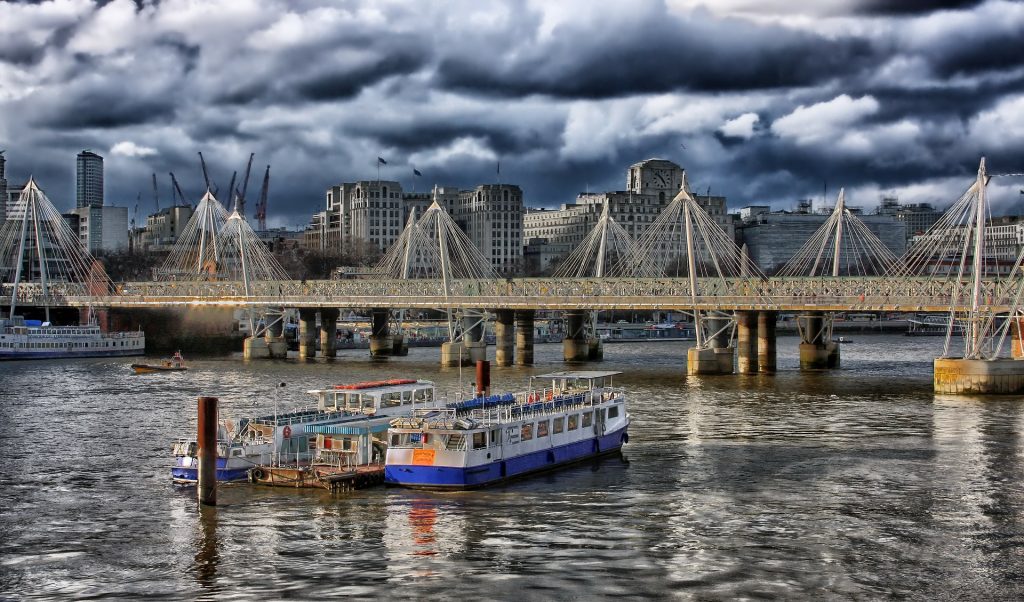
1300 – London reaches 80,000 inhabitants
In 1100, London had a population of around 15,000, and by 1300 the number of inhabitants had grown to roughly 80,000. The Black Death eliminated half of the city’s population, but the economic importance of London stimulated a rapid recovery.
1530s – Monasteries undergo dissolution
Henry VIII started a process called Dissolution of the Monasteries in mid 1530s and by 1538 the majority of monastic houses had been abolished, with properties changing hands.
1666 – The Great Fire of London
Just when plague outbreaks had ceased, London suffered destruction from The Great Fire, which apparently began on September 2 at a baker’s house. The wind caused the fire to spread rapidly and 70-80,000 people were made homeless. After this event, the king commanded that all new houses in London should be of stone and brick not wood.
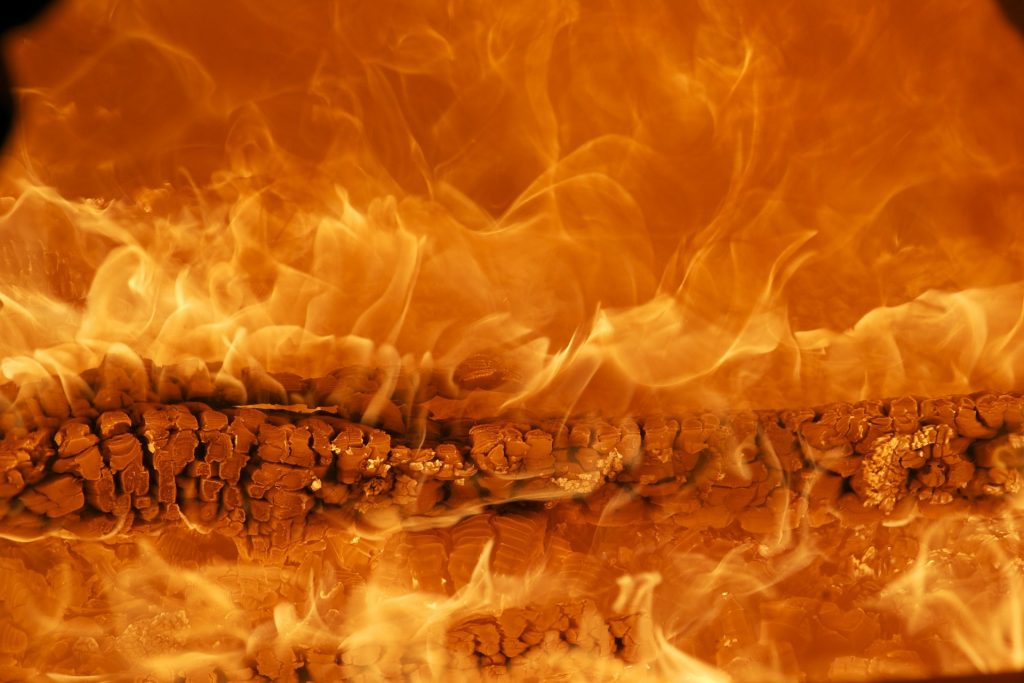
1685 – Oil lamps light the streets
Another development of those times was represented by piped water, available to wealthy Londoners and brought by canal from the countryside. Hackney carriages also became a common sighting in the streets of London.
1776 – 1786 – Somerset House is built by Sir William Chambers
The large Neoclassical building is situated on the south side of the Strand in central London and it was extended with Victorian wings to the east and west in 1831 and 1856 respectively. There has been an Old Somerset house which suffered from neglect and was demolished in 1775, to make room to the building designed by Sir William Chambers after the growing criticism that London had no great public buildings. He dedicated the last two decades of his life to the building of Somerset House, for a salary of £2,000 p.a.
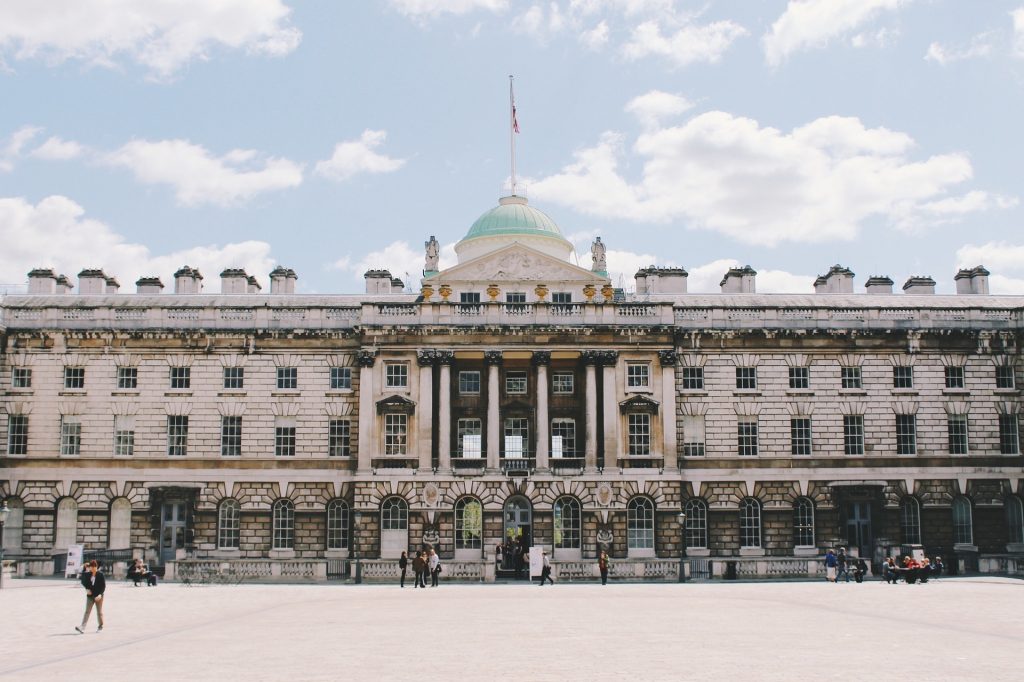
1875 – The system of sewers for the whole city is complete
The epidemics of cholera in 1831, 1848-49 and 1866 led to authorities building a system of sewers to prevent the spread of infectious diseases. After the system was completed in 1875, deaths from cholera fell drastically.
19th century – London becomes a great manufacturing center
The most important industries and products included: flour mills, sauce factories, sugar refineries, tinned foods first made in Bermondsey, breweries all over London, leather industry and hat making in Bermondsey and St Georges, boot and shoe making, chemicals made in Silvertown and West Ham, clocks, watches, jewelry, shipyards, furniture, machine and tool making, and the manufacture of horse drawn carriages.
World War II – London suffers badly
The first Blitz which stated in September 1940 determined around 150,000 Londoners to sleep in the underground stations. 20,000 people were killed in the Blitz and 25,000 were injured. The missiles fired at London by Germans in 1944 killed another 3,000 people.
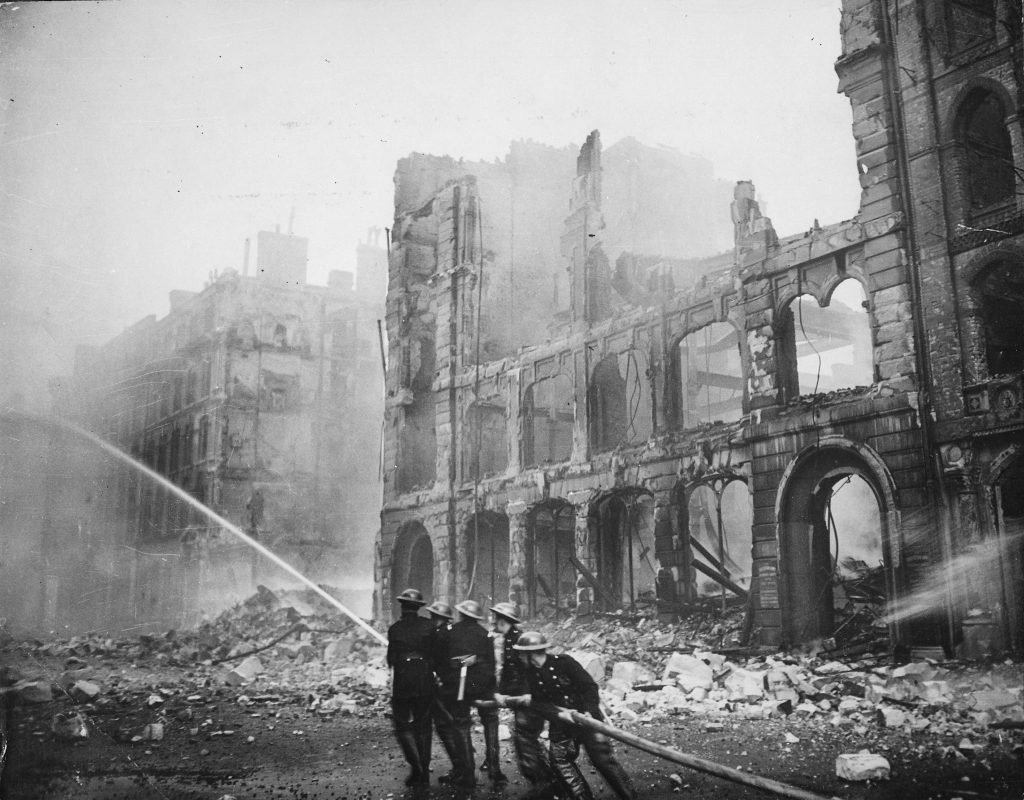
Early 1970s – Engineering and electrical companies leave the capital
London was prospering until the government tried to reduce congestion by encouraging companies to move out to the provinces. The mid 1970s recession also determined companies to look for ways to cut costs, and they left London because of its high rents and labor costs, causing unemployment to soar.
2012 – The Olympics are held in London
The Olympic Games being held in London in 2012 reconfirmed its status as one of the world’s greatest cities. Thus it became the first city to stage the Olympic Games three times. In 2016, the number of visitors to London hit a new record of 37.3 million, making it one of the most visited European cities.